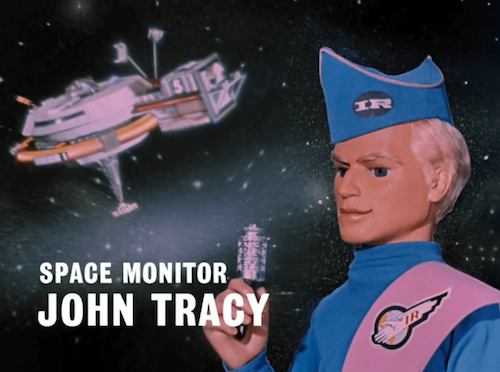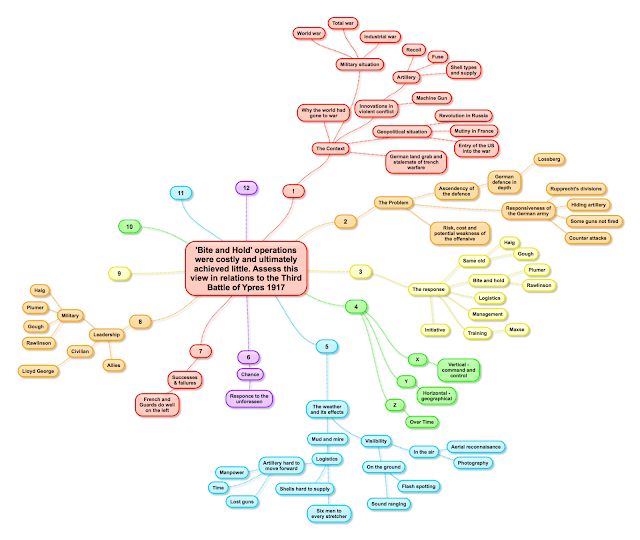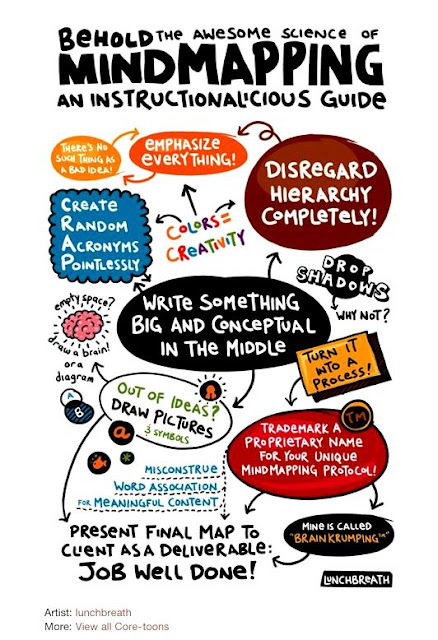Some of the software I am trying to get my head around:
- Outllook
- Zoho
- Compendium
- Learning Clubs
- Word (2002-2010)
- Skype
- Google Docs
- Mahara
- Peeblepad
COMPENDIUM 09.15 12th SEPT 2010
Having created the contents for a map inside my home page I cannot figure out how to save it or to create another map. Listing through the movie, or screencast, or animation, or whatever you want to call it, I pick up, at last on the concept of a map being like a folder so by typing M I get a map (or folder) in which to build my content. Of course at first I do not simply type m, I type CTRL 'm' as I expect it to function in this way. Wrong, just type the letter 'm'. So, one step forward, three steps back, four steps forward and I get there
With a Map open, it being a folder, I hazzard a guess that my first experimental Knowledge Map can, through drop and drag go into this Mapfolder. Wrong. No probs. I spent 30 mins thinking it through, I can delete it all and start afresh and do a better job of it second time round. Just as well this isn't a real job.
Things need to be called what they do or are. When is a folder not a folder? When its a map. But it isn't a map, it's an electronic flip chart, or organiser, or plannogramme. It isn't a map in the Ordance Survey sense of the word. Though is it a Mind Map. (Didn't someone try to trademark the term?)
I press on.
I do expect this. Learn a bit. Have a bit of a go. Delete. Try again.
I take the project I developed in H807 and type in the 'Learning Problem' and put this at the core of building a response, not the assignment, but the way forward to seek financing, assemble a team, budget, schedule and then produce a piece of e-learning.
I rock 'n roll between the Knowledge Map I am constructing and the instruction in the Screencast Movie. I have seen that there are several of these, so will inch forward taking instruction, giving it a go, and hopefully producing something of use by the end of it. The test will be to send it to a.n.other for their input.
Making a Start. The second time.
- Type M to start a folder/file thingey
- Stuff includes:
- Pro Nodes and Con Nodes
- 'Populating' nodes with uploads, links and type notes/lists.
- Questions
- Ideas
- Arguments
- Linking ideas
- Connecting up 'fragments' or 'ideas' (stuff, or assets, or nuggets)
- Bringing in ideas (from folder and files, various types/formats)
(As I'm in the process of migrating folder from my ancient iBook to a second hand PC laptop the 'assets' I might attach/enclose at this time aren't available. This 'dual existance' on MAC and PC can be resolve by using another e-learning tool - clouds. These assets, strategically chosen and appropriately protected, out to be online. Like I guess several hundred photographs that are currently 'shared' between Kodak Eashare (new version) and Flickr ... as well as Face Book.)
COMPENDIUM 11.45 12th SEPT 2010
Already feel I am creating a Map in Compendium that collates my thinking to date in a single page of links rather than a 2,000 proposal or a Power Point Presentation.
My immediate dilemma is starting to realise how Compendium could be used for several other projects that became hopeless tangled over the last decade. These are speculative writing and TV or film production projects. For instance, 'The Watersprites' is a photojournal that in part tells the story as well as identifying intended locations for shooting. It is also a shortfilm on YouTube. It is also a synopsis, more than one treatment, a handful of characters and a few too many scripts that would benefit greatly from this approach. I can see that by being reminded visually of where a project is going, parameters are set and a logical outcome is more likely.
Knowledge Mapping contains the fireworks and permits them.
- Assigning tags
- 'Harvesting' tags from one map or many
- with a nod to Mac users (probably the presenters prefered platform)
- But how to save? Can I assume this map will still be there when I come back?
I like the way a problem or tentative proposal can be thought through and shared without it needing to become what may on appearanve read like or look like a finished document.
COMPENDIUM 15.30 12th SEPT 2010 Part Two
I needed the break. The fact that I am playing more with the Knowledge Map I have created rather that listening to more 'how to movies ...' is a positive sign. The fact that I have pulled out a set of A1 card and laminated overlays of a presentation I gave a fw weeks ago ... is a positive step. I think I can create electronic, digitally enhanced versions of these on Compendium, the 'retro-fit' part of the learning process, but the end result something I can then share with colleagues.
I think with these A1 sheets I will photgraph them (far too large to scan) then create an overlay in Adobe Photoshop which in turn will be one of a series of slides in Power Point.
These in turn will be linked and expanded with Compendium so that at each step furthe information can be drawn upon. This is a five year/six year plan so we'll be coming back to it repeatedly using it to guide decissions as well as to provide evidence. (This is swimming, our National Governing Body, the ASA want all clubs to achieve then retain a national standard for best practice. We hold three accreditations and are aspiring to a fourth).
Tidying up a Knowledge Map with an 'arrange.'
With my example 'control R' turned an organic, flowing chart of links into a hideous 1960s string art thing that didn't read well at all. In other cases it doe work well, it depends rather on how well developed your thinking is.
Organising the world the way you think about it
I like the sound of this ... which is good if you want to create something original (which I do), but is somewhat harder if you are trying to conform, i.e. to follow a pattern expected by others (for examples in an assessment). Even a Hollywood Movie ... there are certain prescribed patterns and expectations.




